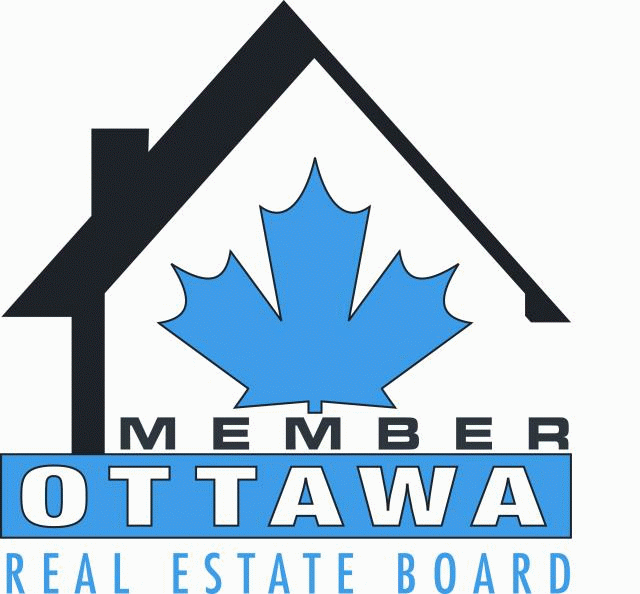
OTTAWA, August 4, 2022 –
Members of the Ottawa Real Estate Board sold 1,110 residential properties in July through the Board’s Multiple Listing Service® System, compared with 1,718 in July 2021, a decrease of 35 per cent. July’s sales included 840 in the residential-property class, down 36 per cent from a year ago, and 270 in the condominium-property category, a decrease of 34 per cent from July 2021. The five-year average for total unit sales in July is 1,691.
“We are witnessing a profound slowdown in Ottawa’s resale market. July’s numbers reveal that Buyers are indeed putting on the brakes more heavily than what is typically expected during the mid-summer sales dip. Aggressive interest rate increases are surely impacting the decision to buy at the moment as well as other factors that I mentioned last month,” states OREB President Penny Torontow. “But there is a silver lining: with more properties continually being added to inventory, we are on the cusp of returning to a balanced market, and that is good news,” she adds.
“July saw 2,338 new listings added to the housing stock, which is on par with the 5-yr average and 5% lower than last year at this time. Our inventory for residential-class properties is currently around 2.9 months and 2.5 months for condominiums. A market is considered balanced with at least four months of supply, so we are well on our way to that paradigm.”
The average sale price for a condominium-class property in July was $425,694, an increase of 1 per cent from 2021, while the average sale price for a residential-class property was $716,354, increasing 5 per cent from a year ago. With year-to-date average sale prices at $805,238 for residential and $461,557 for condominiums, these values represent an 11 per cent and 9 percent increase over 2021, respectively.*
“The double-digit average price increases that we saw in the past couple of years right up until the early spring have now morphed into single-digit increases, which aligns more with our traditional stable year-over-year price growth. However, it is important to point out that average prices tally the entire spectrum of home sales across the city and region. If you look from neighbourhood to neighbourhood, there are so many differing characteristics and attributes, price increases will certainly fluctuate depending on where you live,” suggests Torontow.
“If you are selling your home, now is the time to be patient as days on market return to more normal timeframes. There are still many Buyers out there, but with more choice, they have less pressure and may take their time. Even though interest rates are still quite reasonable from a historical perspective, consumers are adjusting to this new reality. The rising cost of all goods means people need time to evaluate and adapt their mindsets.”
“I also believe it is time for the federal government to adapt and reassess the stress test. It was originally designed when rates were very low to ensure Buyers could manage rate hikes. With interest rates where they are now, they have to qualify at a 7-8% rate which no longer makes sense and takes many Buyers out of the market.”
“Whether you are a Buyer or a Seller, a professional licensed REALTOR® will help you navigate this shifting resale market. They have access to minute-by-minute sales data and local neighbourhood expertise that will assist you in making the best decisions for your circumstances.”
REALTORS® also help with finding rentals and vetting potential tenants. Since the beginning of the year, OREB Members have assisted clients with renting 3,528 properties compared to 2,706 last year at this time.
* OREB cautions that the average sale price can be useful in establishing trends over time but should not be used as an indicator that specific properties have increased or decreased in value. The calculation of the average sale price is based on the total dollar volume of all properties sold. Price will vary from neighbourhood to neighbourhood.
